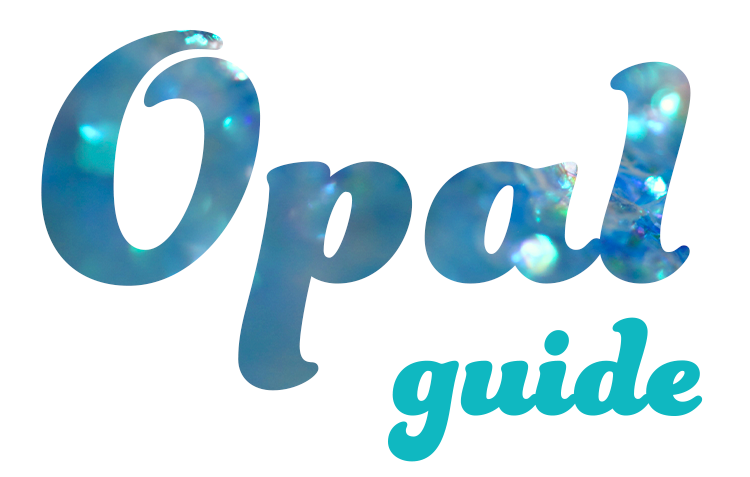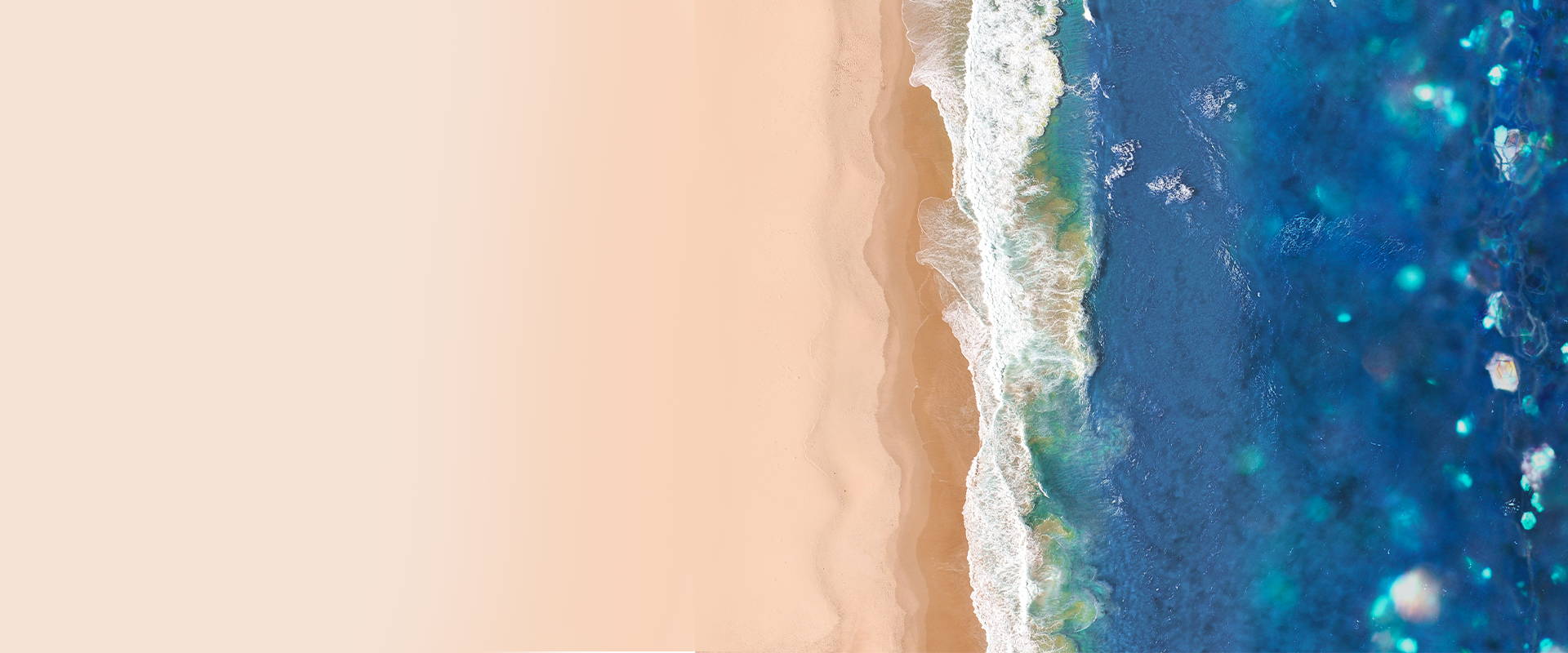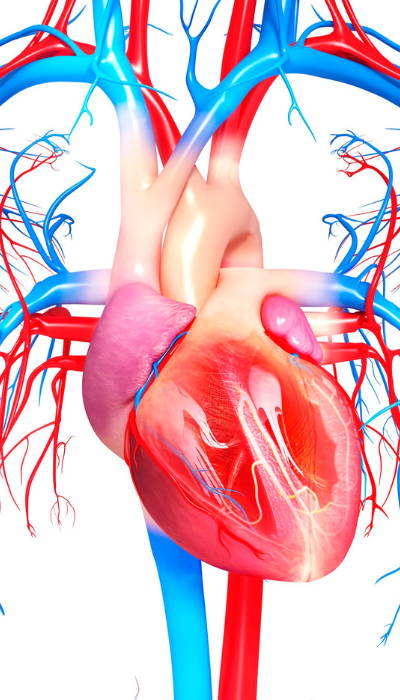All About the Human Heart
All About the Human Heart


While February is always filled with heart-shaped candies, balloons, and cards to celebrate Valentine’s Day, let’s not forget that it is also American Heart Month! The human heart is one of our most essential organs, pumping thousands of gallons of blood through our bodies each day, so knowing its function and keeping it healthy are some of the most important things we can do. In this article, we discuss the science behind the human heart and address a few tips from the U.S. Department of Health and Human Services for keeping our hearts in good shape.
What Does a human heart do?
Our hearts are responsible for moving blood throughout our bodies through a network of interconnected blood vessels known as the circulatory system. It removes waste products as blood enters the heart, sends blood to the lungs for an infusion of oxygen, and returns blood to the body once it is oxygenated and ready to go. Did you know:
The human heart beats over 100,000 times each day.
If you were to lay out all of a human adult’s blood vessels, they would span over 60,000 miles.
Every cell in the human body needs blood to function except for cornea cells.
A woman’s heartbeat is about eight beats faster than a man’s, on average.
Your heart pumps over 2,000 gallons of blood a day!
What is the structure of the HUman heart?
The human heart is a muscular organ about the size of a fist in children and about the size of two clasped hands in an adult. Structurally, it contains a left side and a right side, both of which contain an upper chamber (atrium) and a lower chamber (ventricle). The left and right halves are separated by a muscular wall called the septum. The right side of the heart is responsible for receiving deoxygenated blood and sending it to the lungs for an infusion of oxygen and nutrients. The left side pumps the refreshed blood back out through the circulatory system, allowing the body to function. The heart muscle is comprised of three different layers of tissue:
Endocardium: a thin layer of tissue that lines each of the four chambers and valves present in the heart.
Myocardium: a thick layer of muscle tissue that contracts to pump blood through the heart and body.
Pericardium: a thin lining that protects the outer areas of the heart.
Do you love science as much as we do?
What is the circulatory system?
The circulatory system is comprised of the heart and three different kinds of blood vessels, all of which play an important role in keeping the body functioning:
Arteries send nutrient-rich, oxygenated blood from the heart out to the rest of the body.
Veins return deoxygenated blood from the body back to the heart.
Veins and arteries are linked together by tiny blood vessels called capillaries.
how does blood flow?
The circulatory system is comprised of the heart and three different kinds of blood vessels, all of which play an important role in keeping the body functioning:
Blood enters through the right side of the heart.
Blood returns to the right side of the heart through two large veins: the inferior vena cava and the superior vena cava. As blood enters the right atrium, it is pumped through to the right ventricle through the open tricuspid valve. Once the right ventricle fills up, the tricuspid valve closes, which prevents blood from flowing back into the atrium. The right ventricle contracts, pushing blood out through the pulmonic valve into the pulmonary artery and ultimately into the lungs. Here, the blood is oxygenated and returned to the left atrium of the heart through the pulmonary veins.
Blood leaves through the left side of the heart.
Once the pulmonary veins have delivered oxygenated blood from the lungs to the left atrium, the atrium contracts to squeeze blood into the left ventricle via the open mitral valve. Once the ventricle is full, the mitral valve closes, which deters blood from flowing backward into the wrong part of the heart. As the left ventricle contracts, it pushes oxygenated, nutrient-rich blood out through the aorta and into the body.

how does the human heart function?
The human heart is powered by a series of electrical signals that keep blood moving throughout our bodies. These signals tell the heart to continuously contract and relax, pumping the blood out through the circulatory system. These signals originate in a continuous, predictable pattern from the sinus node – the rate at which the sinus node emits these electrical pulses is known as your heart rate.
How to keep your heart healthy
According to the U.S. Department of Health and Human Services, here are the best ways to make sure your heart is in tip-top shape:
Eat a healthy diet
Exercise and be active
Maintain a healthy weight
Stay away from smoke
Manage your cholesterol and blood pressure
Reduce stress
We Heart Hearts!
At AdaMarie, we think the human heart is incredible. We admire the scientists who spend their careers researching and learning about this complex organ, and we celebrate the medical professionals who help to improve the heart health of America every day. If you have dreams of working in cardiology or are simply fascinated by the human heart, don’t forget to check out our selection of heart jewelry available in the shop today!
